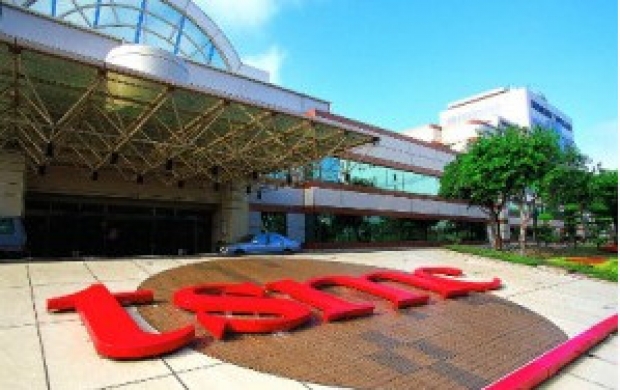Previously it thought that foundry growth would be six percent and IC would be the 12 percent forecast previously. The foundry house also expects its capex for the year to reach US$10.8 billion compared with the US$10 billion guided previously.
The memory chip sector will register a robust 51 percent growth in 2017 driving the overall semiconductor market growth, said TSMC
TSMC co-CEO Mark Liu said that excluding memory, the overall chip sector will see a much smaller six percent increase.
For TSMC, the company expects to post revenue growth of 8.8 percent in 2017 which is near the high-end target of its five to 10 percent growth guidance, Liu continued. The estimate is made based on TSMC's revenues in US dollars.
High-performance computing (HPC) applications will be an important driver of the long-term semiconductor market growth, Liu commented. The HPC market is set to boom with double-digit compound annual growth rates over the next five years, said Liu, adding that HPC will become TSMC's major growth engine starting 2020.
2020 will also be the year when TSMC plans to produce chips with a 5nm node in volume. Liu disclosed that TSMC's 5nm process technology, dubbed N5, will be ready for risk production in the first half of 2019.
Wei said TSMC's 7nm process technology, dubbed N7, had entered its production stage since the third quarter of 2017. The N7 will also join TSMC's 16nm FinFET Compact (16FFC) to boost the foundry's revenues generated from the auto electronics sector.
TSMC is working with its major customers for products built using the foundry's N7 technology, which will be ready for mass production in the first half of 2018, Wei noted. TSMC expects to have more than 50 customer tape-outs with its N7 by the end of 2018.
As for TSMC's N7 Plus, which will adopt extreme ultraviolet (EUV) lithography technology, risk production is scheduled to kick off in 2018, Wei indicated.
TSMC will fully implement EUV to make 5nm chips. TSMC's N5 technology is optimized for both mobile and HPC applications and is scheduled to enter volume production in 2020.
In addition, TSMC CFO Lora Ho revealed that TSMC's capex for 2017 will be revised to US$10.8 billion from the US$10 billion set previously. The additional US$800 million is set for the company's "accelerated build-up for 7nm capacity".
TSMC's capex in the next few years may be "a few percentage points more than US$10 billion" in order to support the company's revenue growth target of five to10 per cent, Ho noted




